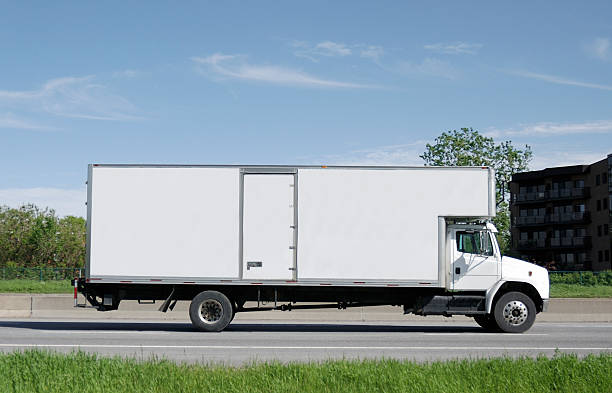Use these tips to safely transport your frozen foods using cooler packs, insulated bags, and communication with your long-distance movers Calgary team.
Use these tips to safely transport your frozen foods using cooler packs, insulated bags, and communication with your long-distance movers Calgary team.
The dreaded task of moving can be stressful enough without having to worry about your precious frozen foods thawing out.
As a long-distance movers Calgary team, we know the logistics of keeping things fully frozen during transit.
Whether it’s your favorite ice cream, frozen vegetables, or last summer’s berry harvest, we’ve got the inside scoop on how to keep it all fresh.
Use Proper Insulated Bags
The first step is investing in some heavy-duty insulated bags or coolers. Look for ones that have thick, waterproof insulation built into the sides. I recommend the Yeti Hopper series or the Coleman Extreme Cooler for reliable performance.
These will maintain temperatures for 1-2 days typically if properly packed. Be sure you have enough bags and space for all your frozen items.
“On my last long-distance move from Calgary to Vancouver, I fit 3 large Yeti Hopper bags stuffed with frozen foods into my mini-fridge. Everything stayed rock solid even opening it sporadically.” – Maria S.
Maximize Cooler Packs
You’ll want to maximize the number of ice packs you use to encase the frozen goods. Use a combination of plastic ice packs and bagged ice if possible.
- Spread ice packs along the bottom and lower sides
- Place food items in the center
- Fill in the top and upper sides with more ice packs
- Finally, add bagged ice to pack it in
The fuller, the better for insulation. Just don’t overstuff to the point that closing the insulated bag is difficult.

Communicate with Movers
Your long-distance movers should be equipped to handle transporting frozen items. However, always inform them ahead of time that you will have delicate frozen goods and approximately how many cooler bags to expect.
Discuss the plan for keeping items as cold as possible such as:
- Loading frozen items last at the point of origin
- Transporting in a climate-controlled truck
- Unloading frozen items first at the destination
- Limiting how long items sit on the truck
The more details you communicate, the better care they can provide. Signs marked “FROZEN” on the cooler bags is also helpful.
Additional Frozen Food Tips
- In a pinch, dry ice works wonders if you have access and can safely handle it. Just be sure to not directly touch dry ice or place in a sealed container.
- Hand carry smaller frozen goods like breastmilk or medication if worried about thawing.
- Know some foods like ice cream have a buffer zone below their true freezing point before starting to melt. So they may still feel very firm, even if above 32°F.
- When unpacking, quickly rearrange the freezer to make room or set appliances to max coldness to avoid raising the temperature as new items are added.
Moving long distances can be daunting enough without fretting over your frozen essentials. Just remember these tips for flawless freezer transport and enjoy the peace of mind that your precious frozen goods will make it to your new home in perfect condition.

